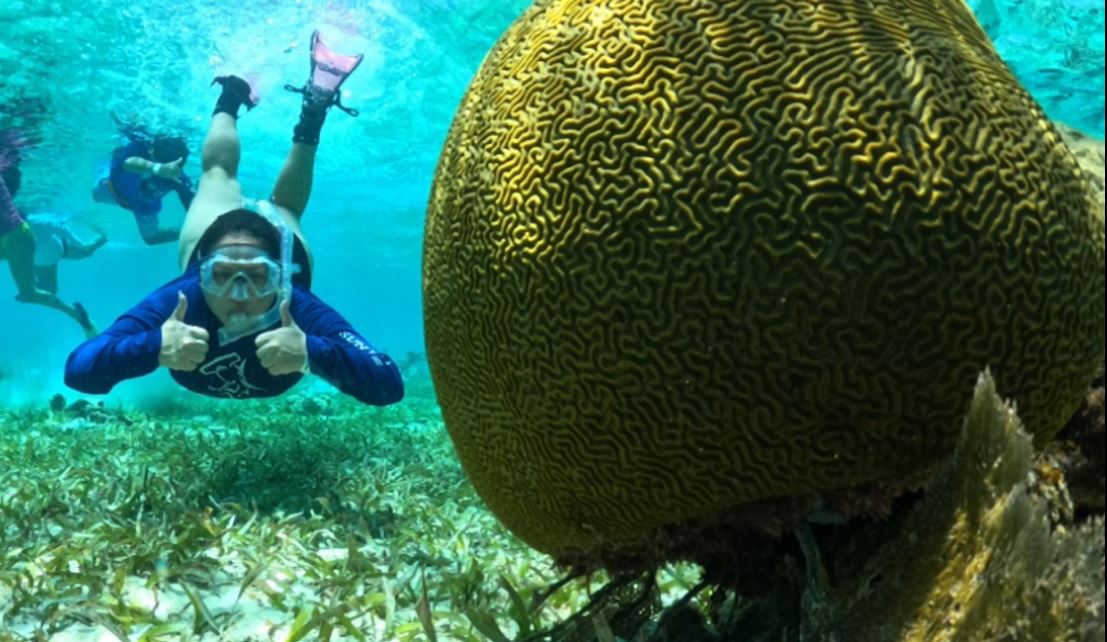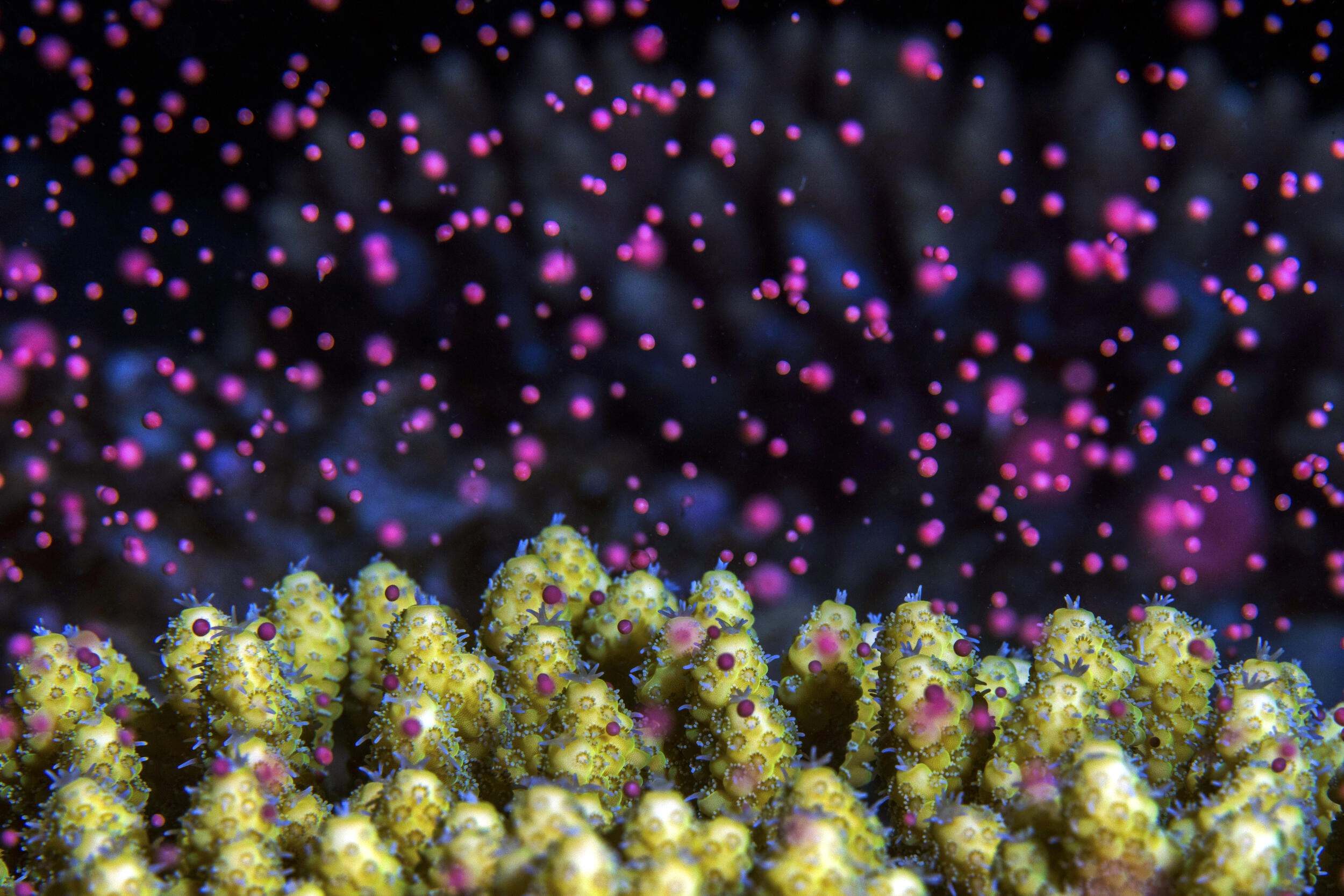To effectively protect coral reefs near West Maui, improved sewage management and identification of priority areas is needed. This study used biophysical modeling, economic analysis, and ecosystem service valuation to evaluate areas most in need of immediate cesspool upgrades. The paper also explored the location-based feasibility of four onsite treatment options: low (septic system with seepage pit), medium (septic system with leach field), high (advanced treatment unit with evapotranspiration), and maximum (best nutrient reduction feasible). Nitrate concentrations in coastal groundwater were used as indicators of sewage pollution, assuming correlation with other contaminants, and coral decline was used as evidence of impairment. Groundwater contamination, site conditions, and cost were used to evaluate the various onsite disposal system options. Findings show that more expensive treatment options led to greater contaminant reduction, although in areas where the high-cost treatment options are not suitable, lower-cost treatment options may also reduce nitrate levels. This study addressed context-specific tradeoffs between pollution reduction, site suitability, and cost. These results are useful for managers considering the best options for improving sewage treatment in their coastal areas.
Authors: Barnes, M. D., W. Goodell, R. Whittier, K. Falinski, T. Callender, H. Htun, C. LeViol, H. Slay, and K. Oleson
Year: 2019
View Abstract
Email for the full article: resilience@tnc.org
Marine Pollution Bulletin 148: 16-29. doi:10.1016/j.marpolbul.2019.07.045


